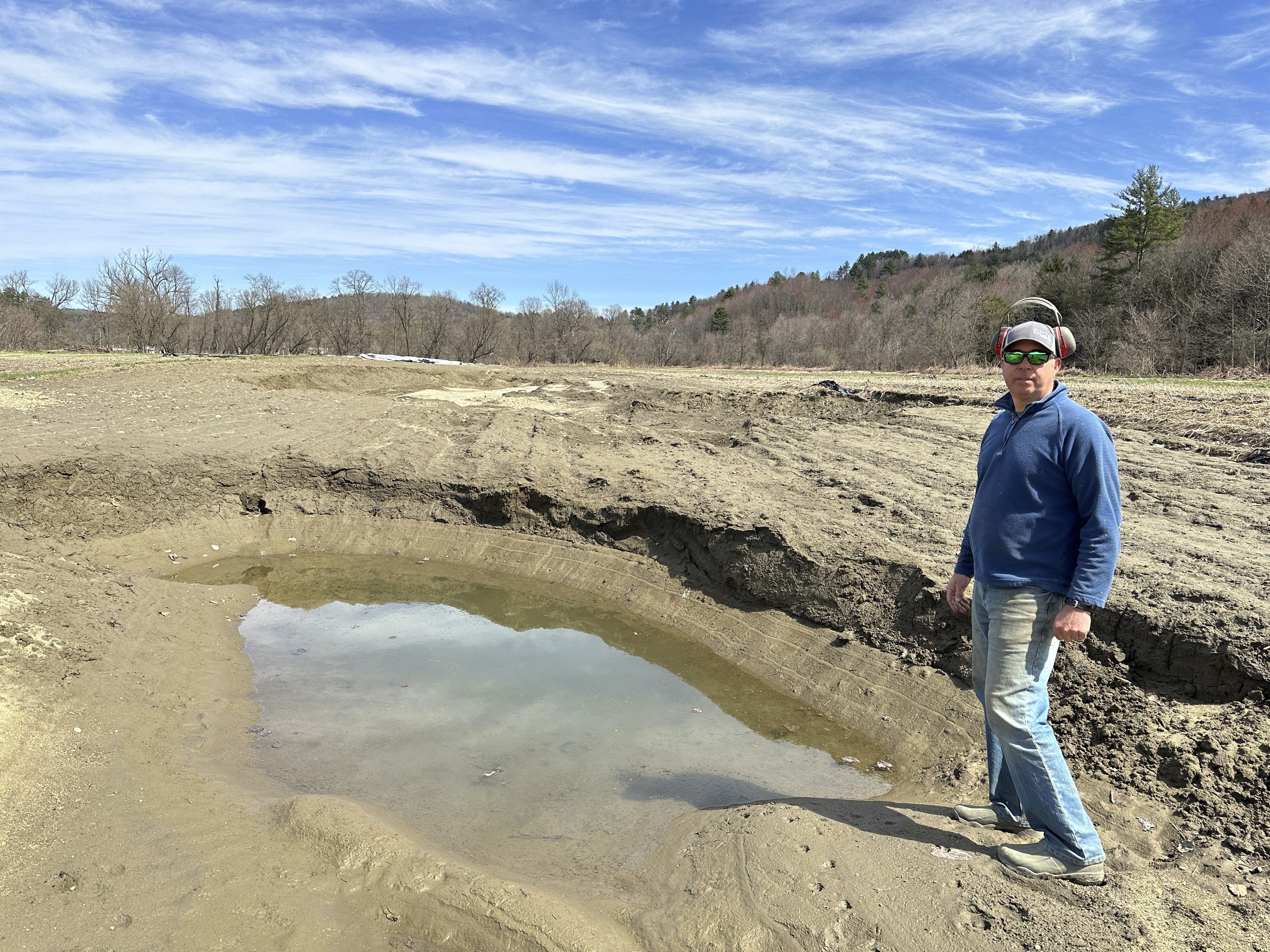Emergency management and public safety officials in Vermont held an exercise Wednesday aimed at improving the issuance and delivery of Amber Alert messages. The drill followed the discovery of failings in the system in September.
"We strive to do the absolute best job we can," said Vermont State Police Capt. Rick Hopkins, noting the goal of the drill was to make sure police and their partners are more ready for an actual emergency, were one to occur.
Methods came under scrutiny Labor Day weekend, when Vermont authorities issued only their third-ever real Amber Alert.
Police said it worked in many ways. A 4-year-old was found safe in just two hours, and her grandmother and that woman's boyfriend were arrested after police alleged they tried to dodge handing the girl over to DCF by heading out of state.
Following their arrest in that case, Dawn Hutchinson and Joel Rosenthal denied they were trying to run from police, claiming they were merely trying to visit family in Illinois, unaware child protective services were looking for the girl.
After the September Amber Alert, Vermont investigators learned there were problems. Some Vermonters were delayed getting the alert because of what police described as errors in information handling. Other recipients reported that emergency cell messages contained little or no information.
"The system we were using in the past - it was old," Capt. Hopkins explained. "It had been designed about seven years ago."
Vermont
The latest news from around the state
Hopkins said Wednesday's drill gave authorities a chance to practice inter-agency communication and evaluate new processes. Among those processes was a more modern, streamlined platform to get alerts out in many different ways, with a goal of reaching as many people as possible.
"Just years ago, it was the Emergency Alert System; that was the pathway for Amber Alert," said Rob Schell of the Vermont Division of Emergency Management and Homeland Security, referring to a system known for the tone it sends to radio and TV stations. "Today, everyone has phones, emails, cell phones, tweets, texts, Facebook, all of those modalities are ways people are subscribed to."
Schell urged Vermonters to visit the website VTAlert.gov and sign up for personalized alerts on severe weather, road closures, and other emergencies that are sent based on the recipients' locations.
VTAlert is also a platform to blast out Amber Alert information that was being examined for effectiveness in Wednesday's drill.
Vermont State Police said they will do a full debrief of the drill and expect to find areas to improve. Hopkins said constantly-changing technologies require regular attention, to ensure effective use.
Police noted that exercises such as Wednesday's are customary after any major event like the September Amber Alert.



